Episode 25
- Episodes
- Episode 25: From Insight to Action
.
CET Talks: Accreditation, Learning and Leadership
Episode 25
November 7 2024 . 17 MINUTES

From Insight to Action: Charting the Career Path of a SME-turned-ISD
Join CET Talks as Brandon Smith, Instructional Design Manager at the National Association of Insurance Commissioners (NAIC), shares his journey and insights into the lifecycle of an instructional designer. From navigating career transitions and embracing new challenges to leveraging data and staying current with evolving standards, Brandon’s experiences offer valuable lessons for professionals in the field. Discover best practices, common challenges, and future trends in instructional design, and learn how to successfully manage a growing team while continuing to contribute as a designer. Tune in for a compelling discussion on the dynamic career of an instructional designer.
Listen to the Podcast
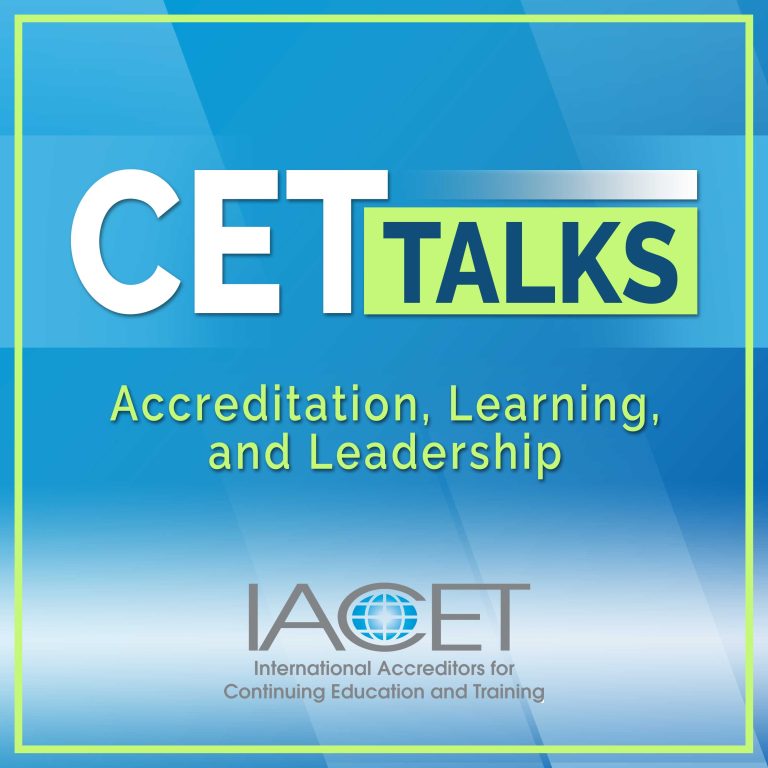
Welcome to CET Talks, the International Accreditors for Continuing Education and Training’s podcast, where we convene thought leaders in the continuing education and training ecosystem to share ideas, research, best practices, and experiences that promote the creation of a world that learns better. Your hosts are Randy Bowman, Interim President and CEO of IACET, and certified corporate wellness specialist Mike Veny.
Join CET Talks as Brandon Smith, Instructional Design Manager at the National Association of Insurance Commissioners (NAIC), shares his journey and insights into the lifecycle of an instructional designer. From navigating career transitions and embracing new challenges to leveraging data and staying current with evolving standards, Brandon’s experiences offer valuable lessons for professionals in the field. Discover best practices, common challenges, and future trends in instructional design, and learn how to successfully manage a growing team while continuing to contribute as a designer. Tune in for a compelling discussion on the dynamic career of an instructional designer.

Transcription
Host: Welcome to CET Talks, the International
Accreditors for Continuing Education and Training podcast, where we convene
thought leaders in the continuing education and training ecosystem to share
ideas, research best practices, and experiences that promote the creation of a
world that learns better. Enjoy the episode.
Randy Bowman: Hello and
welcome to CET Talks. My name is Randy Bowman, president and CEO of IACET.
Mike Veny: And I am CET
Co-host Mike Veny, certified corporate wellness specialist and CEO of an IACET-accredited
provider. Hello, Randy.
Randy Bowman: Hi, Mike. How’s it been?
Mike Veny: Life’s going good.
And to you and our listeners out there, I wanted to tell you all something. I
recently facilitated a webinar for educators transitioning out of K to 12
education to become what we call instructional designers, and my presentation
was about the mental health side of going through a transition. This is a
really important topic because so many teachers are leaving the profession
right now and becoming instructional designers. It’s this new cool career that
everyone wants to be a part of.
Randy Bowman: Right. I think
there’s some kind of environment in the secondary schools right now that
teachers are leaving in droves. I know it’s a national crisis and having a
pathway to a new career, having a place they can go and leverage the skills
they have is going to be very important in the future. Our guest today is
Brandon Smith. He is the instructional design manager at the National
Association of Insurance Commissioners, where he’s worked for 17 years. He has
earned his certified professional in talent development from ATD as well as
other certifications including HTML five specialist. Brandon, thank you so much
for joining us and being here to talk to us and our listeners on what the job
market and the market of instructional designers is looking like right now.
Brandon Smith: Thank you. Happy to be here.
Randy Bowman: So just to
level set everybody, do you mind giving us a brief overview of your career?
Where did you start and how did you end up as an instructional design manager?
Brandon Smith: Actually, I
didn’t start out as a teacher. I was a senior mutual fund representative. As I
was learning and getting more experience, my team members needed some training.
Since I was the most experienced one on the team, I kind of fell into the
training world. Right before I graduated, I went to a job fair and I found my
current employer, so it was by accident, as well. I started off as a trainer
and I started having kiddos, but I was training all over the country and it was
a little bit rough traveling so much. I decided to take a transition to a
different position within our team, and I became an assistant to instructional
designers, where I started helping them out and working with them on the admin
side. As I was working with them, I became really interested in instructional
design and watching the process. I started volunteering for stretch assignments,
taking on new roles, making suggestions, and things like that. As the role
became available, my manager at the time promoted me to instructional designer,
and I started to take on stretch roles. I volunteered for as many opportunities
as possible all over the organization, trying to meet as many people as
possible, and made my way up the ladder through that method. My manager at the
time suggested I get a certification, and the one I chose was the CPTD through
ATD. After a couple years, she suggested I start taking on some leadership
opportunities. Eventually, I started managing the instructional design team. It
was an interesting experience because I started managing people I was an
assistant for at one point. That was kind of an odd transition and an awkward
situation for a little bit, but it was a good experience. They were very flexible,
I asked a lot of questions, and I didn’t act like I was better than them, or
anything like that. It ended up going pretty well, where they were very
supportive, but it was a mental puzzle for a little while trying to figure that
out and work through that.
Randy Bowman: Right. I know
transitioning in an organization does have its challenges. I guess I would say,
now that I’m thinking about it, we dropped this term ‘instructional designer’
since the beginning of the episode, but some of our listeners may not know,
what is an instructional designer? What does one do?
Brandon
Smith: You develop material for courses or other learning content. I
always like to say we’re like a project manager that specializes in training
and course development. You do all sorts of tasks that support the training and
development role.
Randy Bowman: And you use
the term ‘subject matter expert’, or you’ve talked about it. What is a subject
matter expert?
Brandon Smith: A subject matter expert is a presenter or a
course contributor that specializes in areas that they’re considered to be an
expert in. They have a lot of expertise and a lot of experience in certain
areas, and they are well versed in whatever the content is that you need to
create.
Randy Bowman: But they’re probably not trainers or an expert
in adult learning theory and all of those kinds of ancillary skills. Correct?
Brandon Smith: Correct. Most of the time they’re not
trainers. They’re not really familiar with the process. They need a lot of
support and that’s one of the struggles as an instructional designer. Sometimes
subject matter experts see us as people that put PowerPoints together or people
that give them coffee during training, and we’re trying to be seen as peers. One
of the struggles of the instructional designer, and training in general, is
we’re trying to be seen as peers versus people that are just putting
PowerPoints together and things like that. So it’s a growth process and
something that I think the industry is working on as a whole.
Mike Veny: Yes, and it’s a
very new career in the eyes of many people because so many people are just
getting on board with it. I mean, it’s been around for a while, but you have so
many people getting on board with it. One of the things that stands out in your
career journey, in all that you’ve shared so far, even though we’re talking
about instructional design here, there’s a lot of lessons for all of us
listening right now, in terms of success here and your career journey. Two
things that I took from you so far; the importance of volunteering for
opportunities, being that kid in school that raises their hand and goes, “Okay,
I’ll do it.” And also asking a lot of questions. So, what do you think were
some of the choices and risks that led you on this career trajectory, and what
advice would you give to that person listening right now who’s a little
hesitant about becoming an instructional designer?
Brandon Smith: I’d say go for it. I love being an
instructional designer. Now I’m an instructional design manager, and I enjoy
that, as well. But I’d say go for it; it’s a great profession. You’re doing
something different every day. The tasks are fulfilling, you’re working with
normally great people, and you learn constantly. Also, be curious, always be
interested in what others have and the information they can provide. Sometimes
in the past, I may judge a subject matter expert or somebody before a project.
As I get to know them and go through the process, I learn a lot of information
about the topics and try to take it all in. Like you said, always volunteer to
take on roles. I keep telling my instructional designers to ask for stretch
opportunities; it never hurts to ask. That’s one of the things I try to tell my
kiddos, as well; you never know the opportunities you’re going to get when you
just ask a question. Just asking questions has changed my path and helped me
advance. By asking for opportunities and to work with leadership and other
instructional designers on my team has been good for me.
Randy Bowman: So, Brandon, you’ve worked in all levels of
training it appears. Now that you’re an instructional design manager, can you
talk to me about what skills you’re looking for when you’re hiring
instructional designers to join your team? How do you decide who’s going to be
a good fit? What are you looking for on their resumes, in the interview? Any
advice you can give to people who are pivoting into this field?
Brandon Smith: Sometimes hiring managers are nervous to hire
teachers because there’s a little bit of a difference. I would say, if you
start to get interested, start dabbling in instructional design, doing projects,
getting experience in small pieces and try to get as much experience as you
can. I will say we’ve actually hired a couple of teachers, and they’ve been
amazing instructional designers on our team. Be curious, ask questions, always
volunteer for the opportunities to help out, take on those instructional design
and development roles, and things like that. As an instructional design manager,
when I’m hiring, I look for people who are smarter than me. I’m trying to get
people who are better than myself. With my team right now, they’re all
extremely good designers and awesome team members. They’re all actually better
designers than I was. So, I’m trying to hire people who are better than myself.
Mike Veny: I love that. What it sounds like is that the
path to becoming an instructional designer, at least right now with where we
are at with it, is not a linear thing, actually. It’s something that you have
to pick up your own little lessons from different areas. You also brought up
the importance of character when it comes to this role because this role of
instructional designer is so important. You know, you don’t just have a
training need and create a course. For those of you that are listening, it’s a
whole process. But let’s get personal. In addition to your professional life,
you engage with several other organizations, including some in your local
community dedicated to fight human trafficking. How do you think your
experiences working with people as an instructional designer lends itself to
volunteer opportunities like this?
Brandon Smith: Yeah, that’s a great question. I would say,
being curious. I’m always wanting to learn more about stuff going on around me
and in the community and asking questions. I get in trouble at home because I’m
a question-asker but not for ill intentions; I just like to understand why
things are the way they are. I like to understand the process that has occurred
to put people in the places they’re at and the life situations that occur that
put people where they are. I’m just always curious and I like to ask questions.
Networking and meeting people in different areas and diverse groups has always
been interesting to me.
Randy Bowman: Brandon, thank you so much for joining us
today. As you are aware, here at IACET we would like to ask our guests one big
question to close out the episode, and that is, what does a world that learns
better look like to you?
Brandon Smith: It’s an interesting question. I was actually
listening to a podcast this morning by Sal Khan and he was talking about making
learning available, meeting people where they’re at and being adaptive to the
individual. But also just being curious and open to learning new things,
questioning your own biases and assumptions; questioning why things are the way
they are. Also, having a growth mindset. I know I’ve said several of those
things multiple times, but I think being curious, having a growth mindset, and
asking questions is a big thing for me.
Mike Veny: Well, Brandon, thank you very much for being
here today, sharing your experiences with us, and reminding us about some very
important but fundamental things, whether we’re instructional designers or not.
Randy, I just wanted to share my takeaway. Honestly, this takeaway could be for
any episode we have, and I think it’s so important because we get caught up in
the weeds of our work and just doing things but being curious—I know he said it
multiple times—being curious, especially because when it comes to instructional
design, it’s not a linear path and we’re still figuring it out. So, it’s really
important to ask questions, be curious. What about you?
Randy Bowman: You know, I think the key takeaway I got was that
curiosity was a very big part of that, but what was the volunteering part? I
think there’s a trend, especially right now of people who are afraid to
volunteer. They think they’re going to be taken advantage of by their bosses or
their managers, and so they don’t want to do anything outside of a small,
narrow scope. But I think there’s something about being open to taking on a
different role or to say, “Let me prove to you that I can do what it is you
want me to do.” I think Brandon’s insight that, “Hey, it’s a risk for my
manager to move me here, so I need to volunteer to show I can do it. So, I put
in a little risk and then they put in a little risk.” That is where that kind
of growth can really happen. I love the idea of volunteering and stretching
yourself into new roles.
Mike Veny: I love that. Well, as we wrap up today’s discussion on the lifecycle of an instructional designer, we’d like to hear from you, listeners. What tips, tricks, or experiences do you have on leveraging instructional designers to build relationships? Please share your experiences, insights, and ideas for future topics on our LinkedIn page or our new website, cet-talks.org. Again, that’s cet-talks.org. Your stories can provide invaluable lessons and inspiration for others navigating similar paths. We certainly hope you’ll subscribe to this podcast on your favorite podcast platform, so you don’t miss any episodes. Thank you so much for joining us today.
Host: You’ve been listening to CET Talks, the
official podcast of IACET. Don’t forget to subscribe to the podcast on Spotify,
Apple podcast, or wherever you listen to podcast. To learn more about IACET
visit IACET.org. That’s I-A-C-E-T.org. Thanks for listening and we’ll be back
soon with a new episode.

Episode 31: Training Tomorrow’s Talent: Exploring Certification, Standards, and Impact with ATD’s Certification Institute
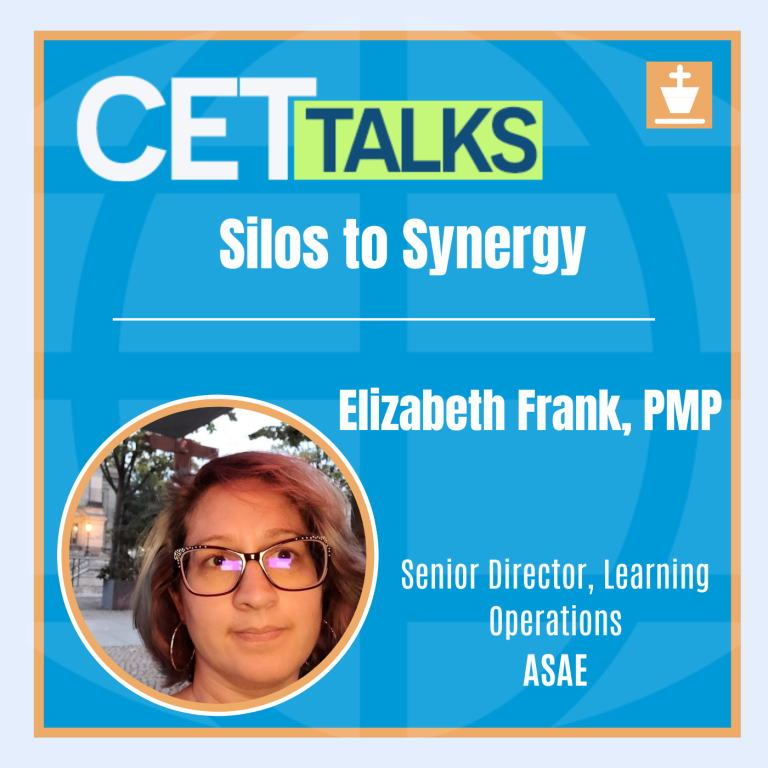
Episode 30: Silos to Synergy: Holistic Approaches to Creating Collaborative Learning

Episode 29: Credentials in Crisis: Challenges and Opportunities in Modern Education Recognition

Episode 28: Accreditation Uncovered: Essential Insights from an Industry Leader

Episode 27: Two Truths with a Lie: Managing the Myths of Modern-Day Learning

Episode 26: From Bending to Blending: Best Practices in Integrating Externally-Created Content

Episode 25: From Insight to Action: Charting the Career Path of a SME-turned-ISD

Episode 24: Cultivating Careers: The Power of Employee Engagement for Organizational Success

Episode 23: Igniting Imagination: Crafting Creativity in Training Environments

Episode 22: The Metrics of Change: Navigating Purposeful Measurement in L&D
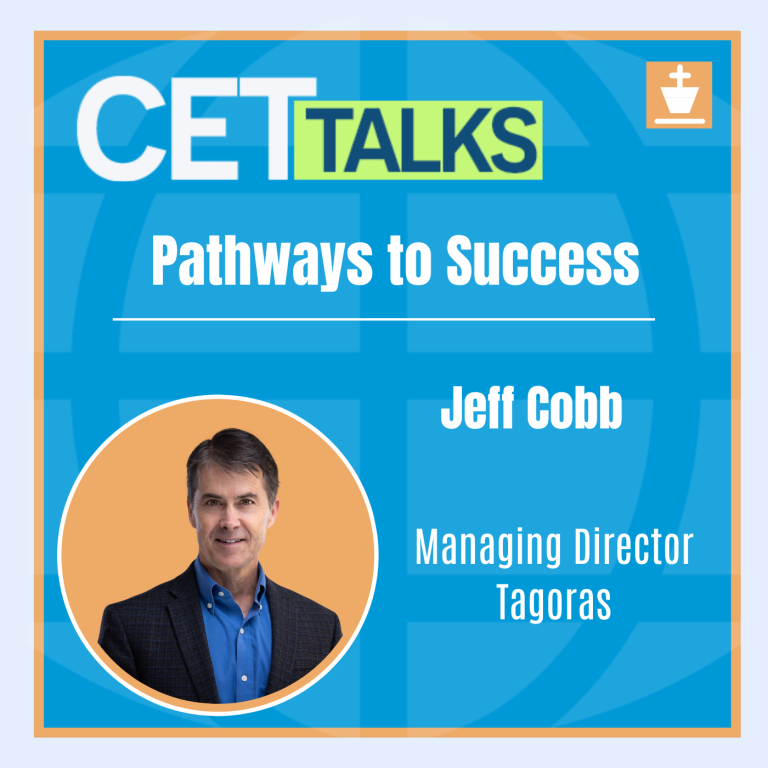
Episode 21: Pathways to Success: The Value of Lifelong Learning through Digital Credentials
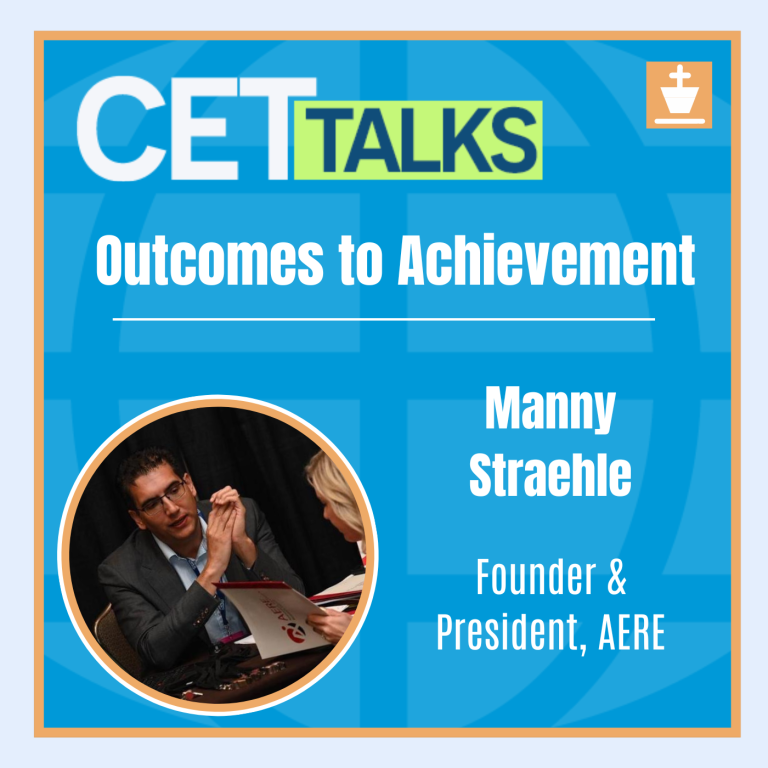
Episode 20: Outcomes to Achievement: Crafting Tomorrow’s Workforce Through Competency Models

Episode 19: Chatting with the Future: Enhancing AI Output Through Prompt Engineering
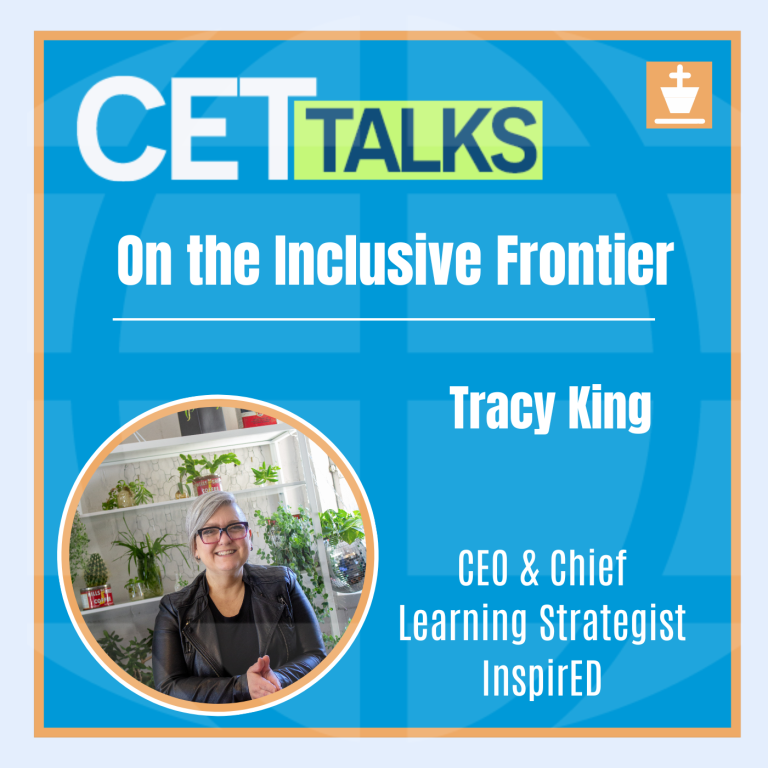
Episode 18: On the Inclusive Frontier: Harnessing Neurodivergence in Modern Training

Episode 17: Designing with Purpose: Strategies for Accessible e-Learning Development

Episode 16: Innovating Education: Navigating Accreditation for Short-Term Training

Episode 15: Beyond the Basics: Elevating Virtual Training through Expert Facilitation


